What are the main types of beds? Sleep specialists advise on the best one for you
From continental to elevation beds – experts discuss the different options – and how they can work in your home
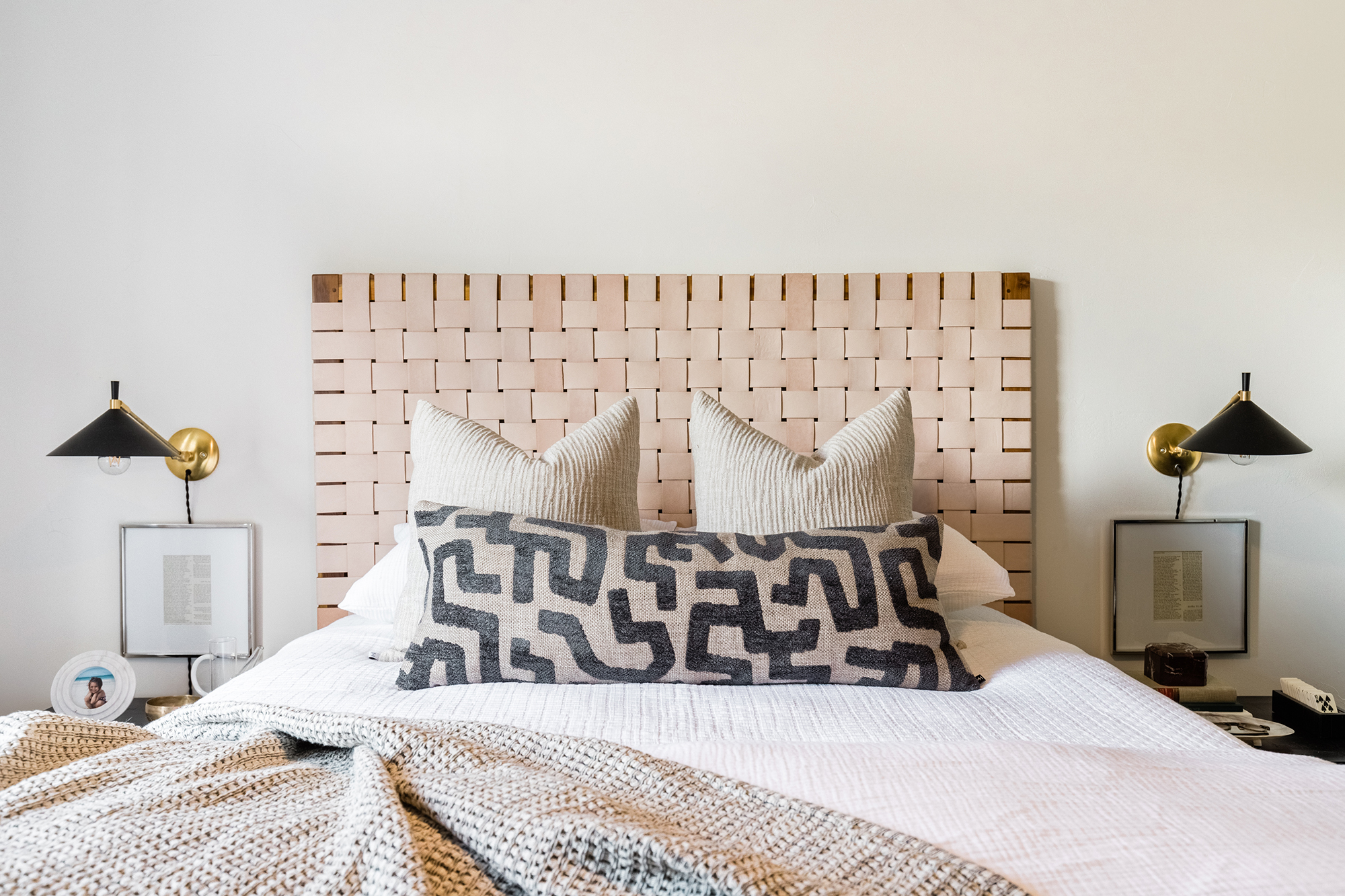

If you are looking to buy new, you may be wondering about the different types of bed available.
The bed type you choose won't just affect your comfort; the aesthetics of your bed ideas are important, too: after all, it's the dominant piece of furniture in a bedroom, and will dictate the entire tone of the space. Added to that, you may like to consider whether it offers storage opportunities, too.
Comfort should be guaranteed by your mattress, but while there is a lot of research around finding the best mattress for a good night's sleep – the question of 'what are the main types of bed?' is often less explored.
Equally, research on how to sleep better has suggested that your choice of luxury bedding has an impact on your well-being, but while these factors are certainly important, knowing about the main types of beds is equally so.
Here, sleep specialists explain the most popular types of beds – so you can invest in the best one for you.
What are the main types of beds?
There are three main types of beds: continental, elevation, and box. Denmark's leading expert in sleep, Mikael Rasmussen, explains that the three types are very similar – but they can be differentiated in some ways.
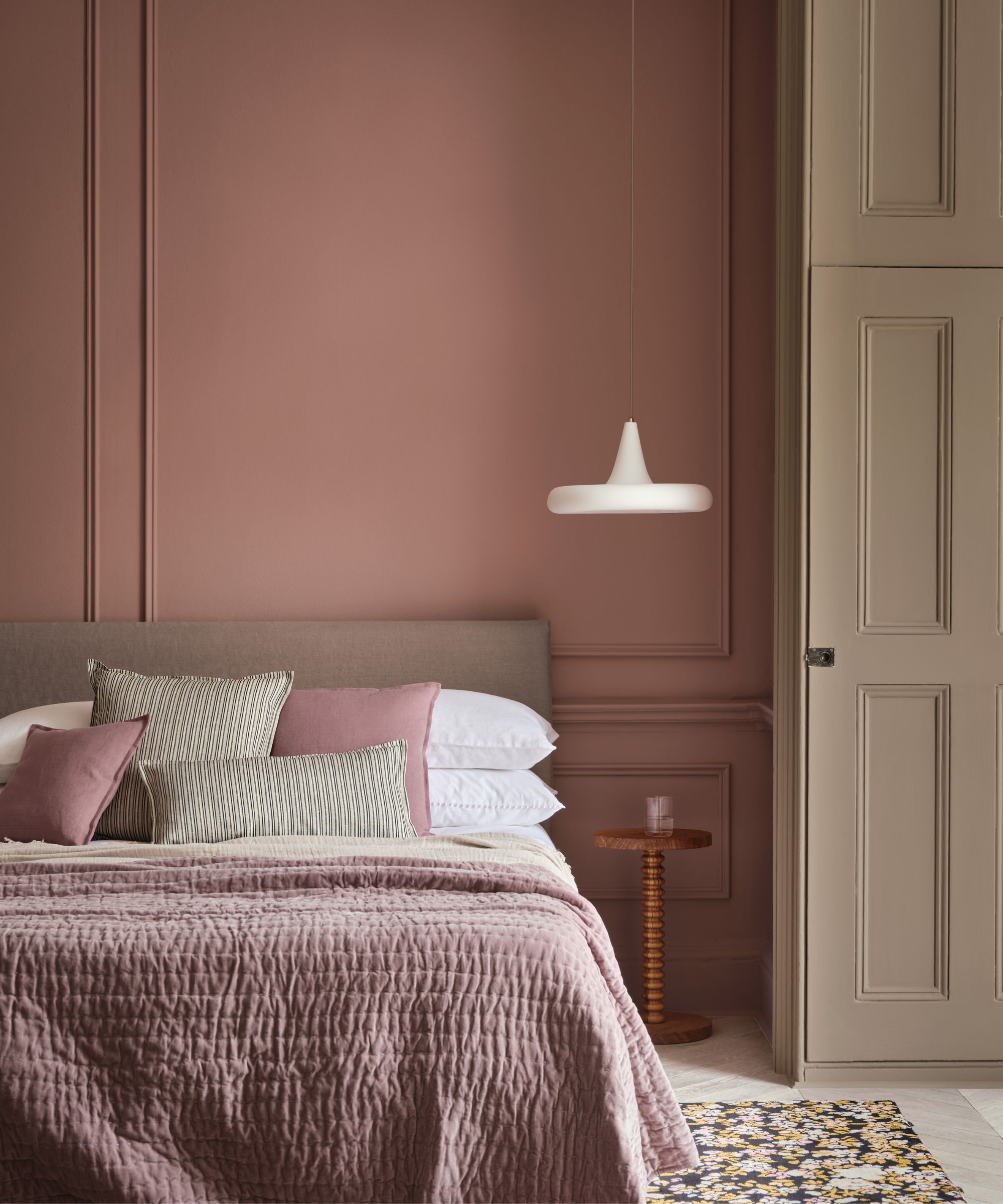
1. Continental beds
A continental bed typically consists of a mattress on top of a box spring which sits on a frame.
'The mattress is usually placed on top of the box spring, which is then placed on top of the frame,' Mikael says. The mattress ensures your body receives the comfort and support it needs for a night of healthy sleep.
Continental beds always include these three components; however, Mikael explains that they can also include a headboard and footboard in some cases.
2. Elevation bed
An elevation bed is an adjustable bed – which can be maneuvered into different positions.
'An elevation bed is built similar to a continental bed. The only difference is that you can elevate the frame, so you get a proper position when laying in your bed,' Mikael says.
As the expert suggests, the elevation bed is great for those looking to improve their circulation in bed. A better posture can help reduce restless leg syndrome symptoms and lead to a long night of sleep.
3. Box-spring bed
A box spring has a mattress atop a wooden frame filled with springs that's covered in fabric.
'In a lot of ways, a light version of a continental bed,' Mikael explains. This type of bed base usually consists of a wooden frame that contains springs. The base is covered in cloth (and your chosen best bed sheets).
The box spring is also light, meaning it is easy to move when deep cleaning your bedroom. It is also, often, the most budget-friendly – and is easiest to transport –making it a failsafe dorm room idea.
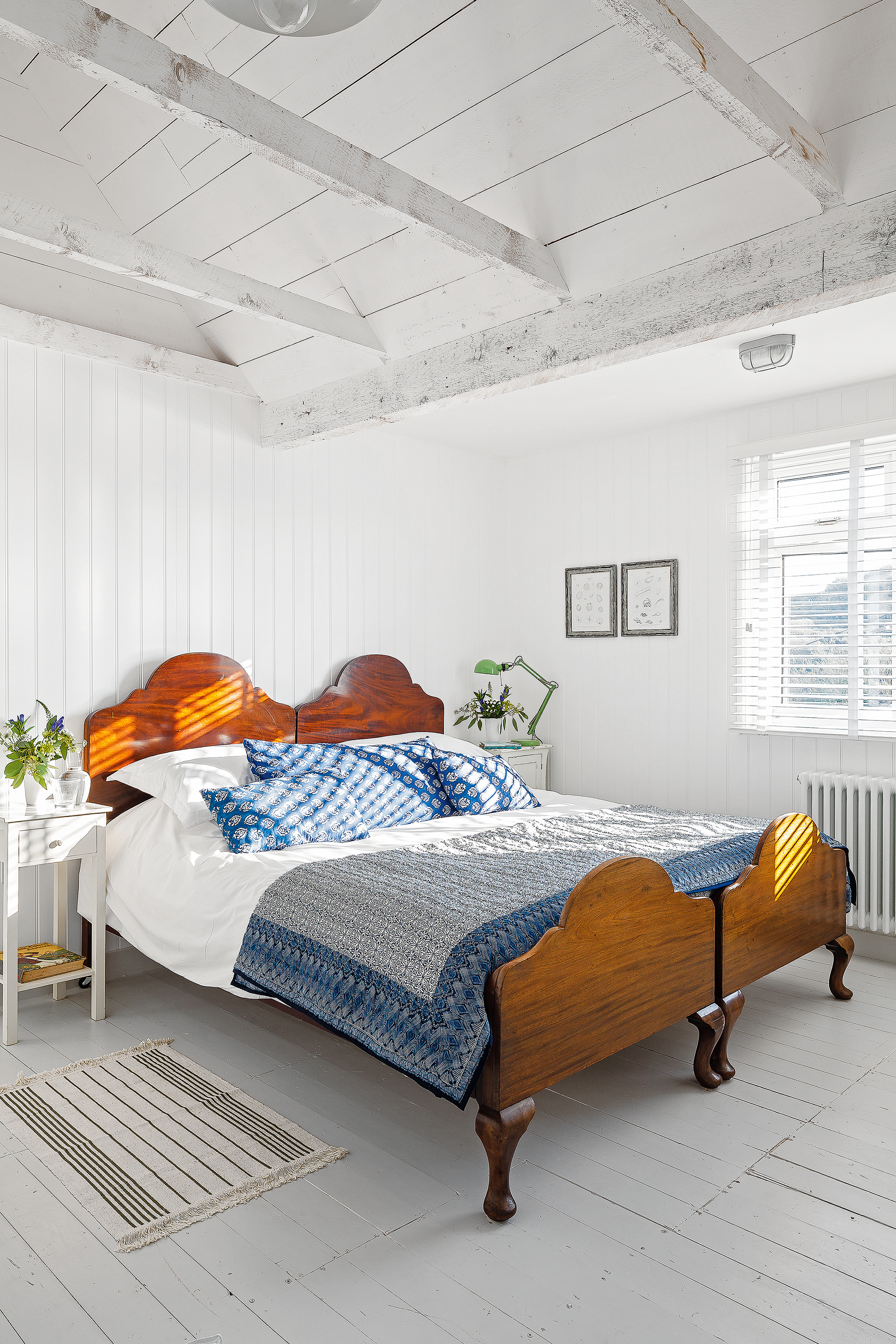
What is the most popular type of bed?
The continental is the best-selling bed – according to research by Forbrugsguiden that analyzed over 2,000 beds. 'The best selling bed type from our data is continental beds which are around 70% of all our sales,' the expert shares. 'Then 20% are from elevation beds, and the last 10% is from box beds.'
What is the most common mattress?
Beyond the best bed type, Lauren Fountain, a product expert at the Sleep Foundation, explains that foam mattresses are among the most popular among buyers. Therefore, they're an excellent choice for the top of your bed type, whichever you choose.
'Foam mattresses offer a firm, dense material called polyfoam that provides high levels of pressure relief, motion reduction, and noise-cancellation,' she says.
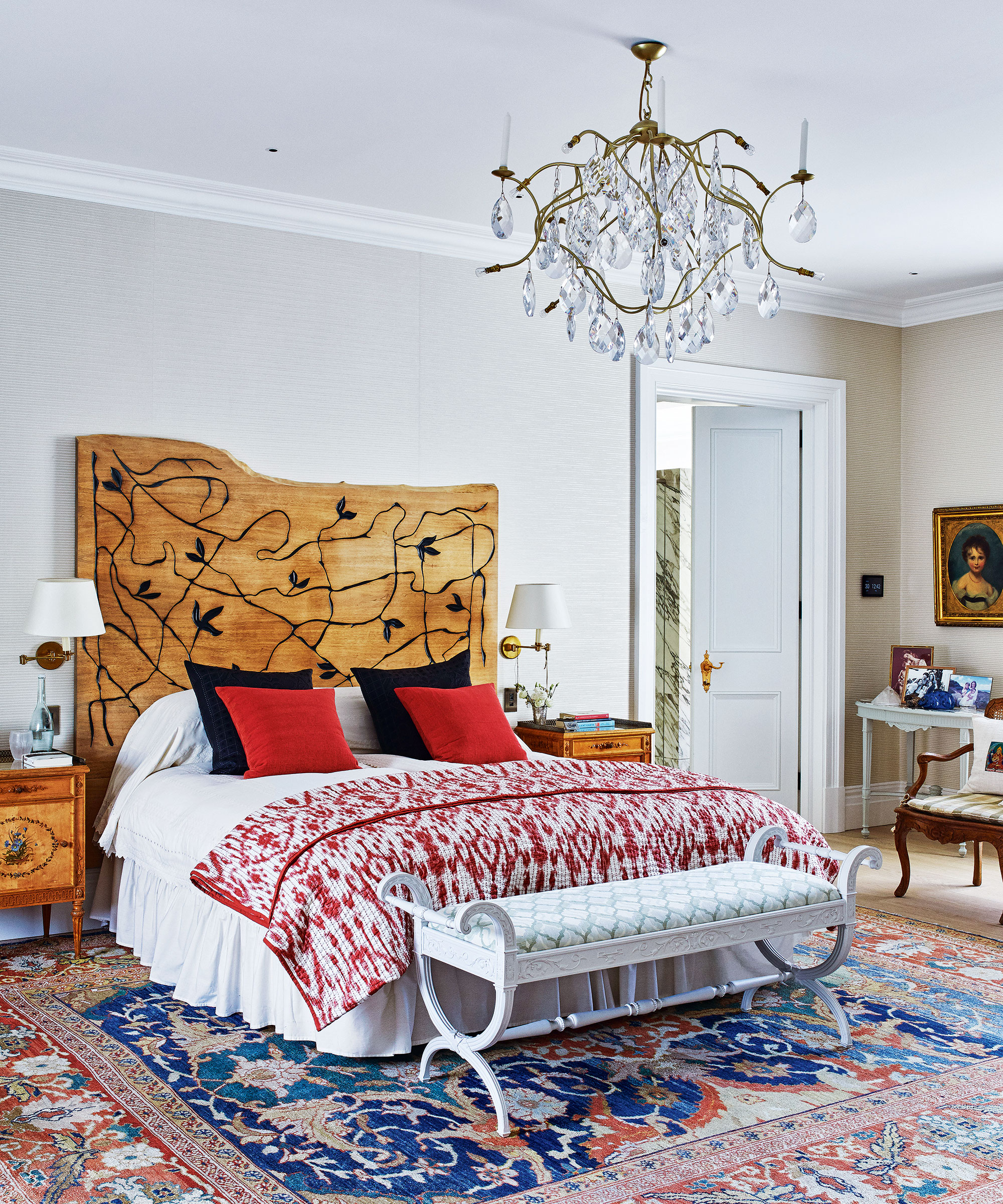
What is the most common bed size?
The most common bed size is a queen size which is 60 x 80inches.
'Queen-size mattresses are the most common because they can accommodate two people comfortably or just a single person,' explains the CEO of Layla Sleep, Gregg Dean. 'They are also the standard size for bedrooms and leave plenty of room for additional furniture like a nightstand and dresser.'
Vanessa Osorio, a sleep health content specialist from Sleepopolis, adds that a standard queen-size bed is convenient for when you're sleeping for bedding accessories, as most brands cater for a queen-size. 'It also provides ample space and comfort for both individual sleepers and couples and is what is traditionally used in a master bedroom,' she reinforces.
Sign up to the Homes & Gardens newsletter
Design expertise in your inbox – from inspiring decorating ideas and beautiful celebrity homes to practical gardening advice and shopping round-ups.

Megan is the Head of Celebrity Style News at Homes & Gardens, where she leads the celebrity/ news team. She has a history in interior design, travel, and news journalism, having lived and worked in New York, Paris, and, currently, London. Megan has bylines in Livingetc, The Telegraph, and IRK Magazine, and has interviewed the likes of Drew Barrymore, Ayesha Curry, Michelle Keegan, and Tan France, among others. She lives in a London apartment with her antique typewriter and an eclectic espresso cup collection, and dreams of a Kelly Wearstler-designed home.
-
 Nate Berkus says slipcovered sofas are back on trend – and I just found a way to create this designer-approved laid-back look from just $86
Nate Berkus says slipcovered sofas are back on trend – and I just found a way to create this designer-approved laid-back look from just $86This classic style is making a strong comeback, but did you know you don't have to buy a whole new couch to get this Nate-approved look?
By Eleanor Richardson
-
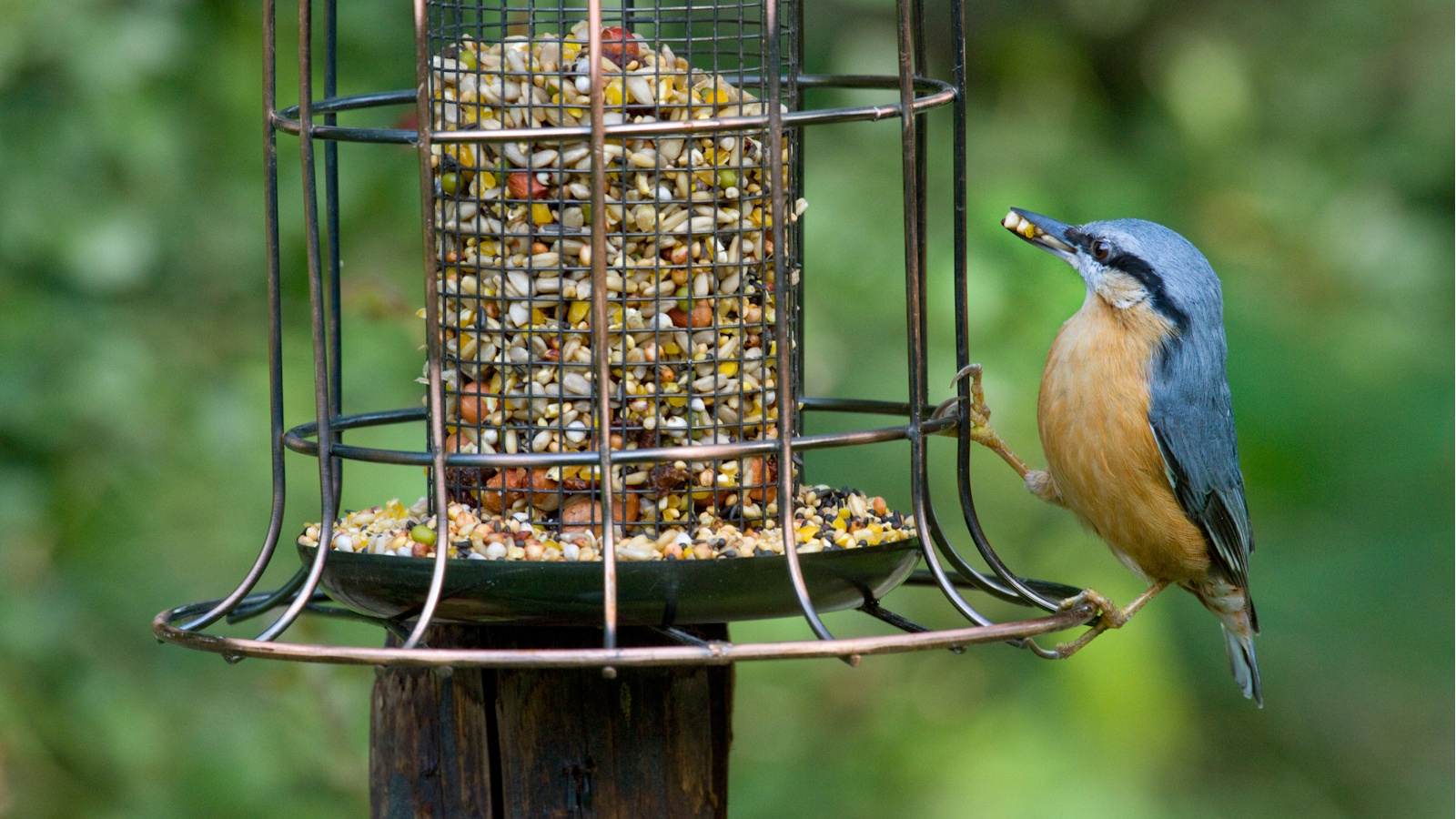 Gardeners are putting pasta in bird feeders this spring – but there is one important warning you need to know before following suit
Gardeners are putting pasta in bird feeders this spring – but there is one important warning you need to know before following suitCooked pasta can be a nutritious snack for birds, but serving it in the wrong way could cause them harm
By Tenielle Jordison
-
 7 dorm room organizing rules for less clutter and more space
7 dorm room organizing rules for less clutter and more spaceExperts offer their top tips for creating a well-organized dorm room, no matter the size, space, or layout.
By Ashley Chalmers
-
 How to maximize storage in a small or shared dorm room, according to pro organizers
How to maximize storage in a small or shared dorm room, according to pro organizersFind out all the hidden storage zones you might never have noticed
By Ashley Chalmers